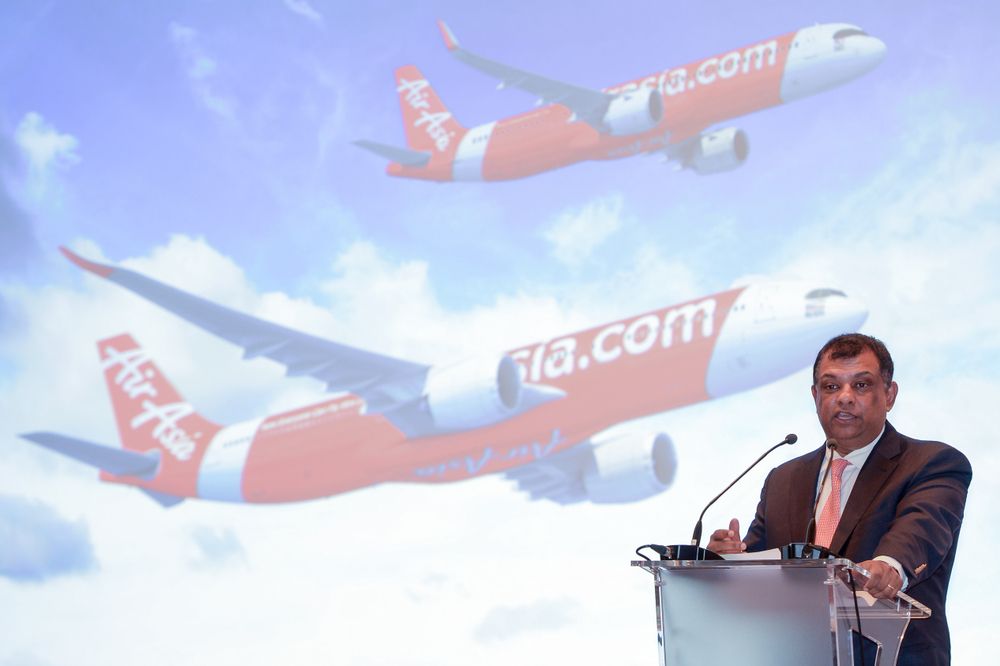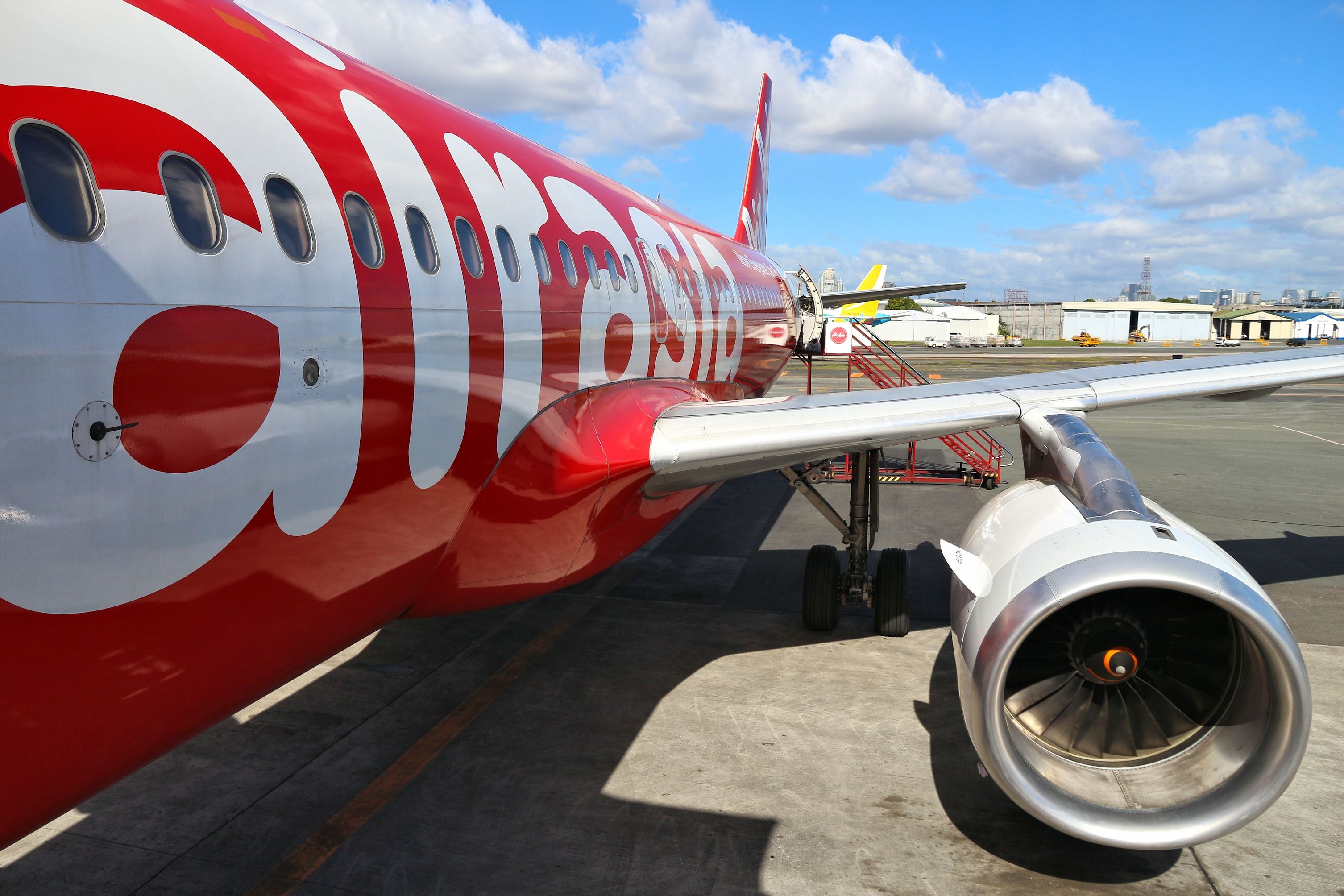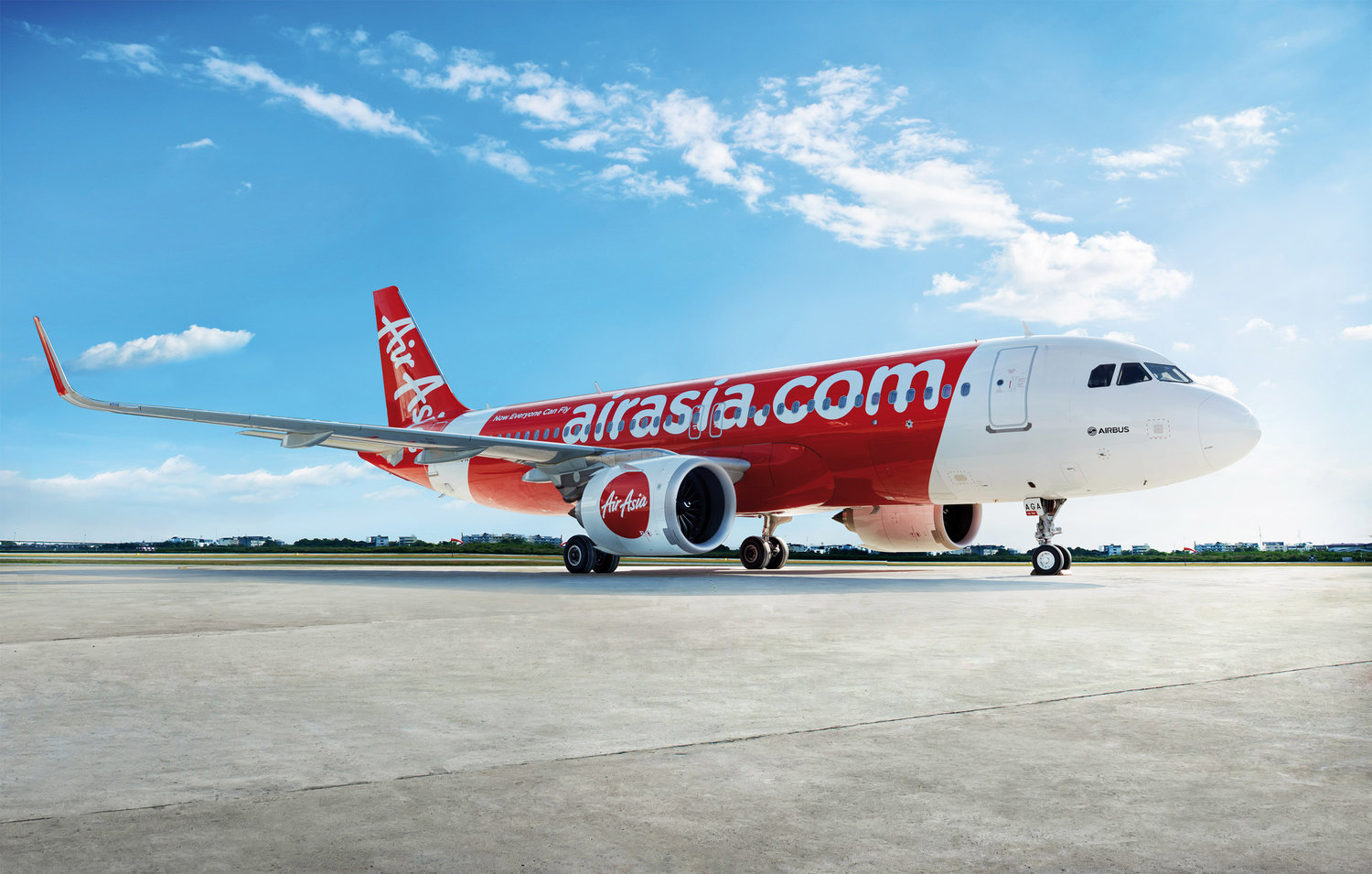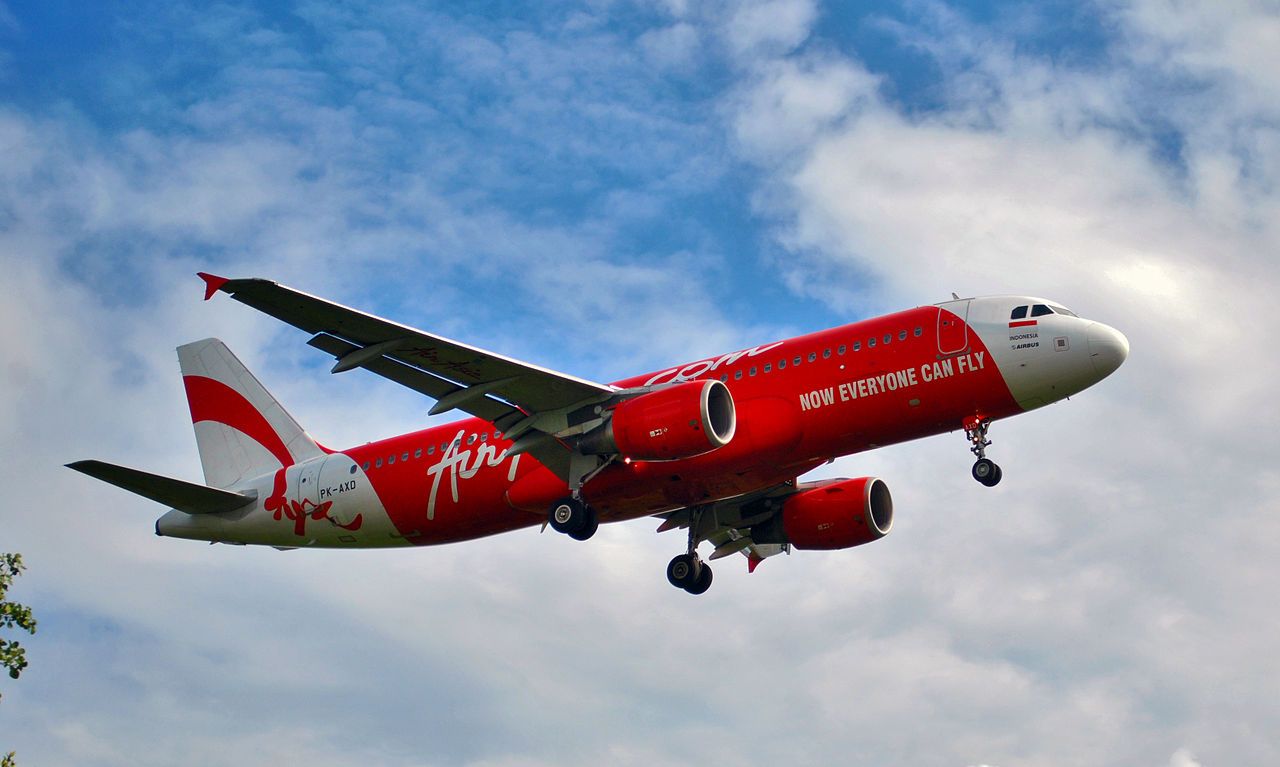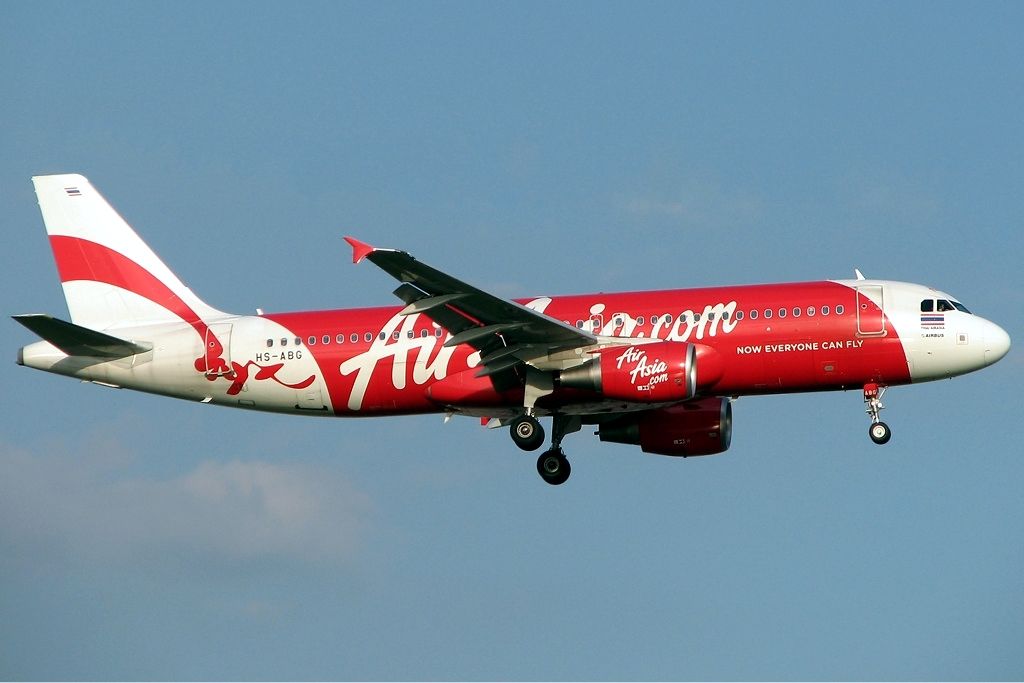The Chief Executive of Asia's leading low-cost airline is finally calling it a day after holding the position for over 20 years. Tony Fernandes founded the airline in 2001, buying the brand from the Malaysian government for just 30 cents.
Time for a change
Tony Fernandes, the CEO of the AirAsia group of companies, has announced his intention to leave the top job to someone else, well over two decades since he started AirAsia as one of the fledgling low-cost carriers in the region.
Fernandes, whose name is synonymous with AirAsia and low-cost air travel throughout many countries across Asia, is finally ready to move on, leaving the company he founded utterly unrecognizable from when it started operations in November 1996.
In September 2001, Fernandes bought the AirAsia brand from a Malaysian government-owned conglomerate for the equivalent of just 30 cents. He subsequently went on to turn the company into arguably the most popular and well-known low-cost airline brand across Asia.
Succession planning
As reported by Yahoo News, Fernandes has already decided to leave the company he founded, although he is yet to confirm precisely when that might be. His decision will largely depend on how long it takes to find a suitable replacement for him. Speaking to Bloomberg about his decision this week, Fernandes stated,
"Good leadership is to know when to go. Honestly, I don't care where [my replacement] is from. We don't really talk about race, religion, sex, sexual orientation. I don't care, as long as they can do the job."
A turbulent few years for AirAsia
AirAsia and its subsidiaries have grown from a tiny carrier flying a handful of aging Boeing 737s from its Kuala Lumpur hub to one of the largest low-cost carriers in the region.
The present-day AirAsia operates a fleet of 99 Airbus narrowbodies, with a further 354 A321NX to be delivered, according to ch-aviation.com. The carrier flies to 66 destinations across 18 countries. The group also contains the partner airlines AirAsia India, Indonesia AirAsia, Philippines AirAsia, and Thai AirAsia, along with low-cost, long-haul subsidiary, AirAsiaX.
Although the latter has seen something of a remarkable resurgence since the end of the COVID-19 pandemic, the other subsidiaries have struggled over the past few years, with the Thai operation and the Japanese airline within the brand family both declaring bankruptcy. While the Thai-based operation survived and continued despite this setback, the Japan-based iteration did not.
The group also survived the fatal accident involving Indonesian AirAsia Flight 8501 in 2014. The flight was a scheduled international passenger flight operated by the Indonesian subsidiary from Surabaya in Java, Indonesia, to Singapore.
On 28 December 2014, the Airbus A320-200 flying the route crashed into the Java Sea, killing all 162 people onboard. An electrical fault caused the accident in one of the plane's rudder travel limiter units which began a sequence of events and errors that concluded with an unrecoverable aircraft stall.
At its peak, AirAsia was the fourth-largest airline in Asia, with more than 200 aircraft and 21,000 staff members across Malaysia, Thailand, Indonesia, and the Philippines.
What next for Fernandes?
Fernandes, currently aged 58, had stepped down as the group CEO of AirAsiaX in November 2022 to focus on Capital A, a major rebranding exercise of the AirAsia Group first announced back in January of that year.
Considered to be a formidable airline executive as well as an accomplished business leader, according to reports, Fernandes is non-committal at this stage regarding where he may land next. Speaking to Bloomberg on his future plans, Fernandes revealed,
"I like private equity with an active management and helping young people change things. I believe there's a low-cost model for education and health. These are the two things that discriminate people the most."
'Musical chairs' in the airline world
The departure of Tony Fernandes from AirAsia follows a string of leadership changes currently underway in the worldwide airline industry. In recent months, Simple Flying has reported on the appointment of new CEOs at Brussels Airlines and IndiGo, along with the firing of CEOs at TAP Air Portugal and Viva Air Colombia. Meanwhile, American Airlines Chairman (and former CEO) Doug Parker stepped down in February of this year.
Having steered AirAsia through the last two decades of ups and downs, taking it from humble beginnings to where it stands today, it will be interesting to watch where Tony Fernandes pops up next. And although he appears not interested in another role in airline management, he has not ruled the possibility out for now.
What do you think of Tony Fernandes' decision to step down? Who do you think would make a suitable successor at AirAsia? Let us know in the comments.
Source: ch-aviation.com, Yahoo News

